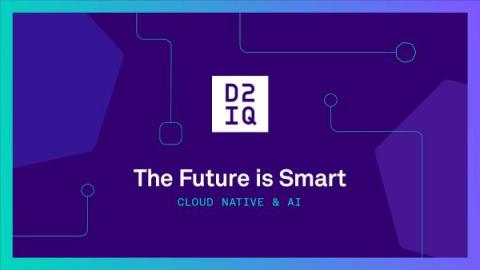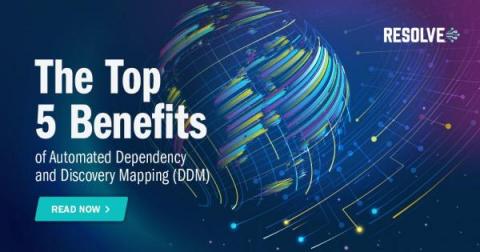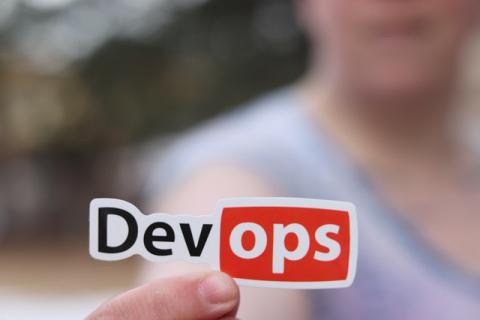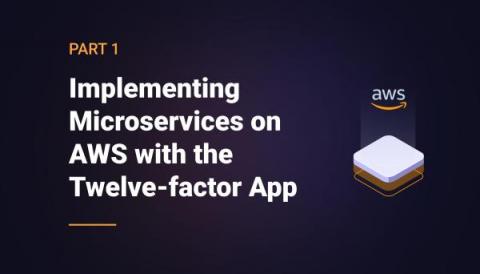Is Developer Self-Service a Lie?
Over the weekend, I visited one of my favorite grocery stores to pick up one item, my favorite fruit e.g star fruit. Because of the location, the grocery star started to implement parking validation so folks would not abuse their free parking deck for extended periods of time. As I just had a handful of star fruits, I decided to use the self-checkout. This was my first time buying produce via self-checkout.











